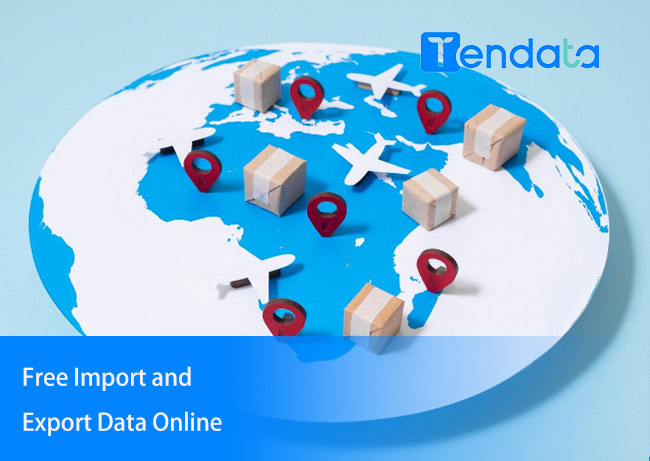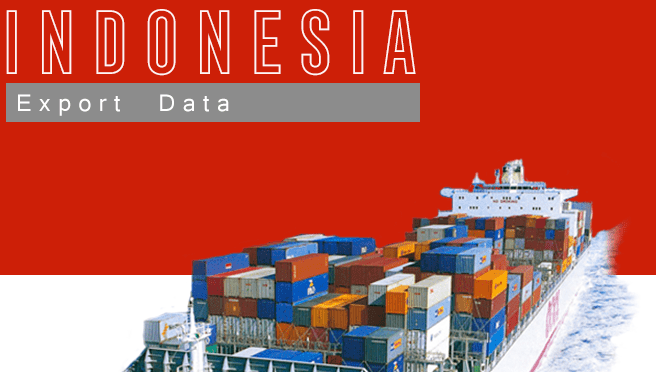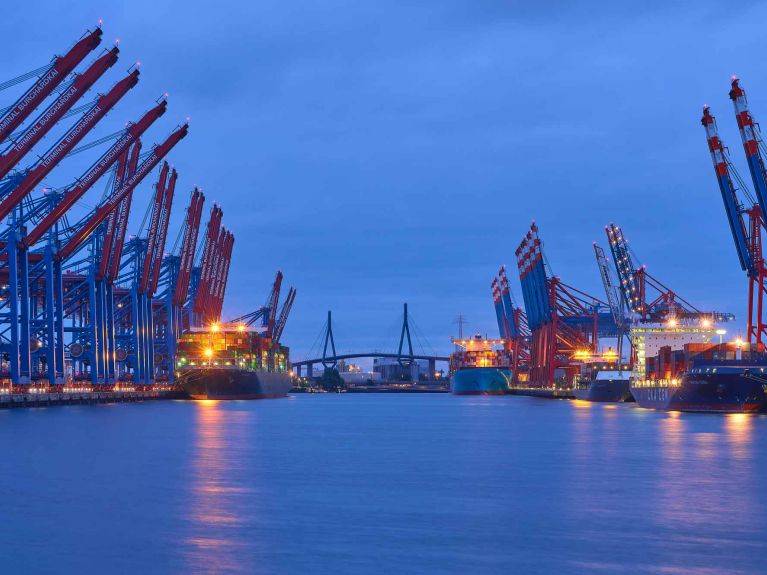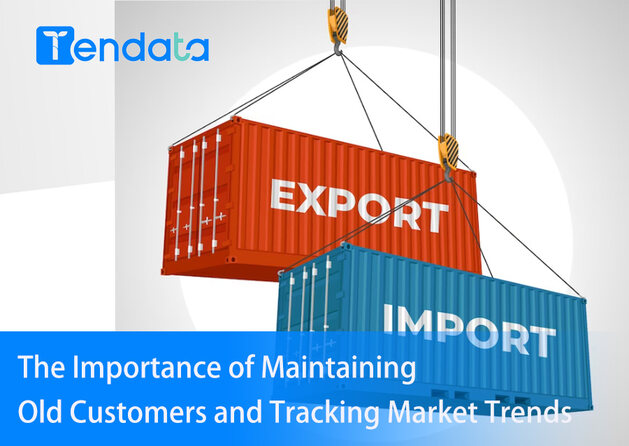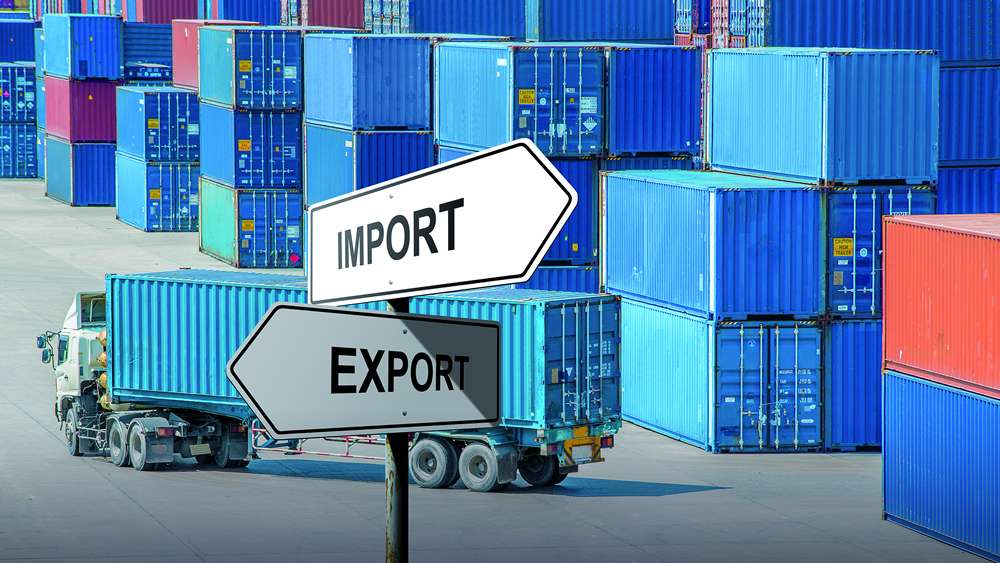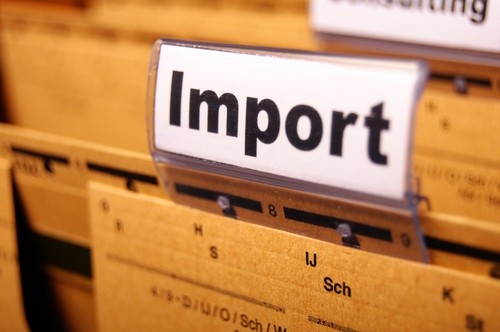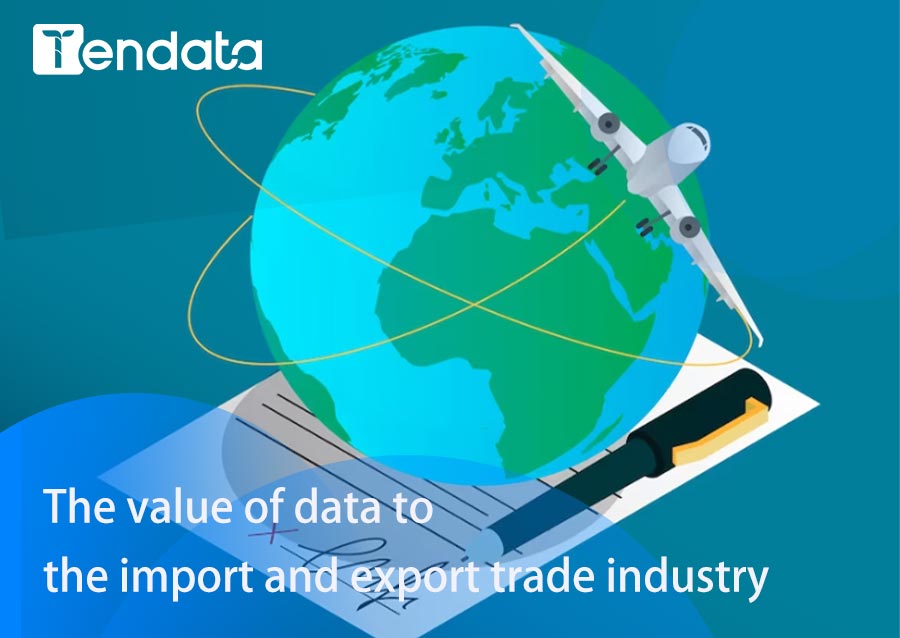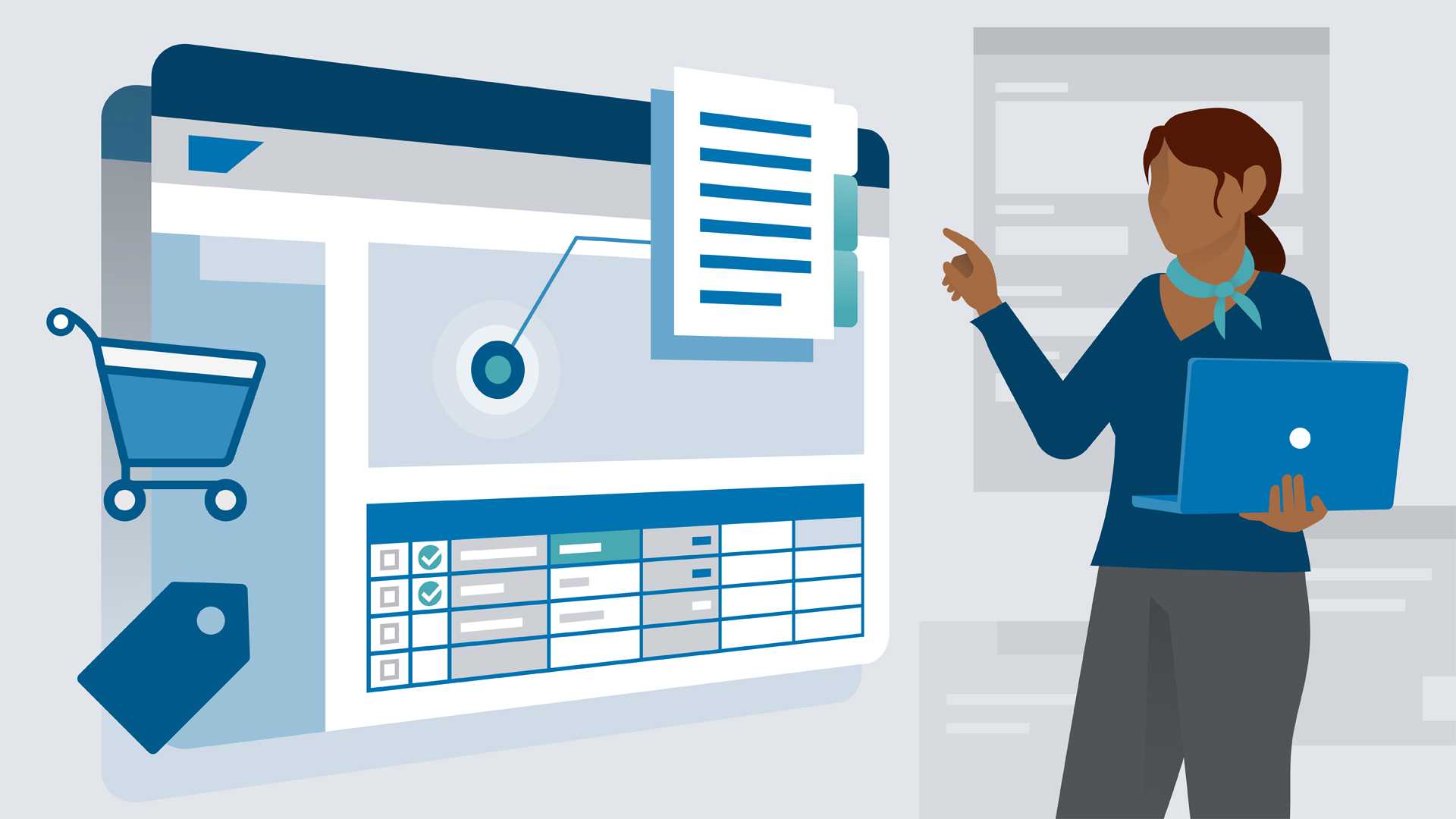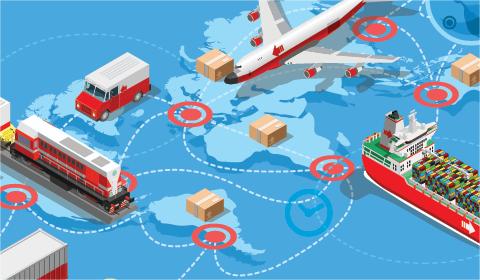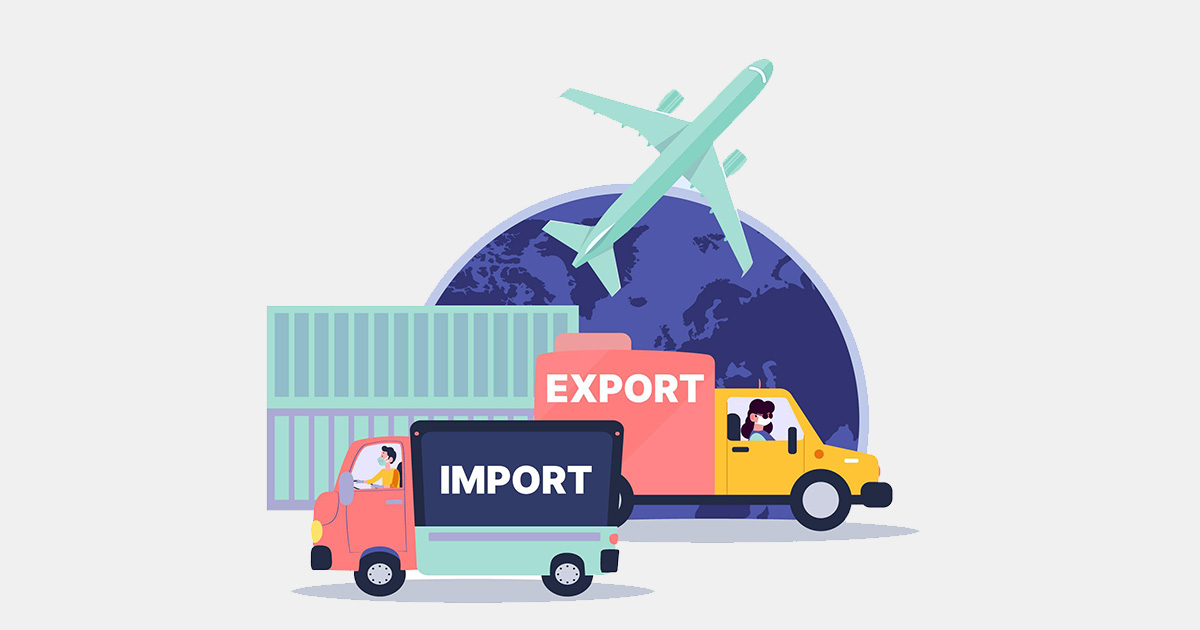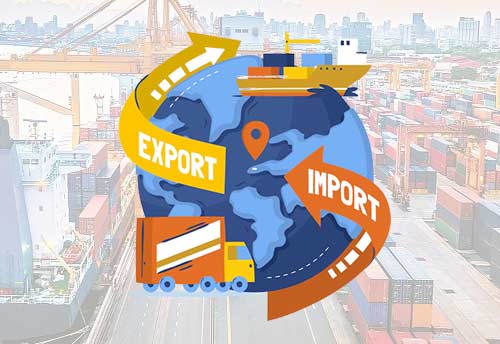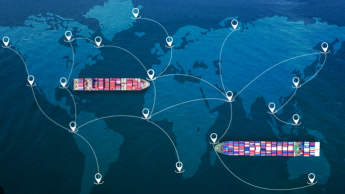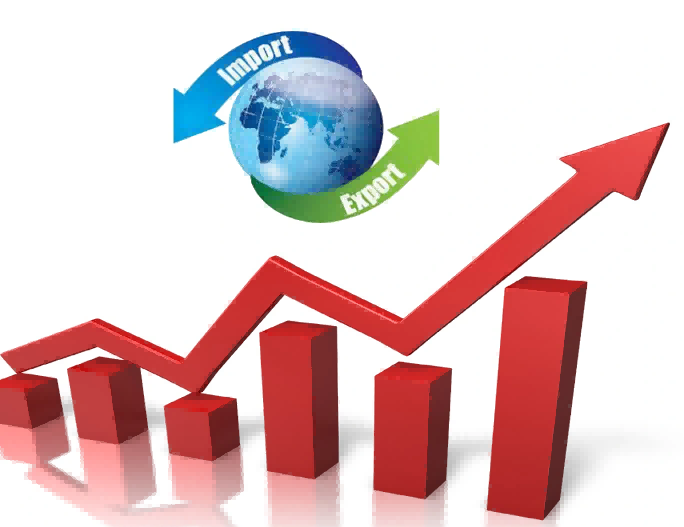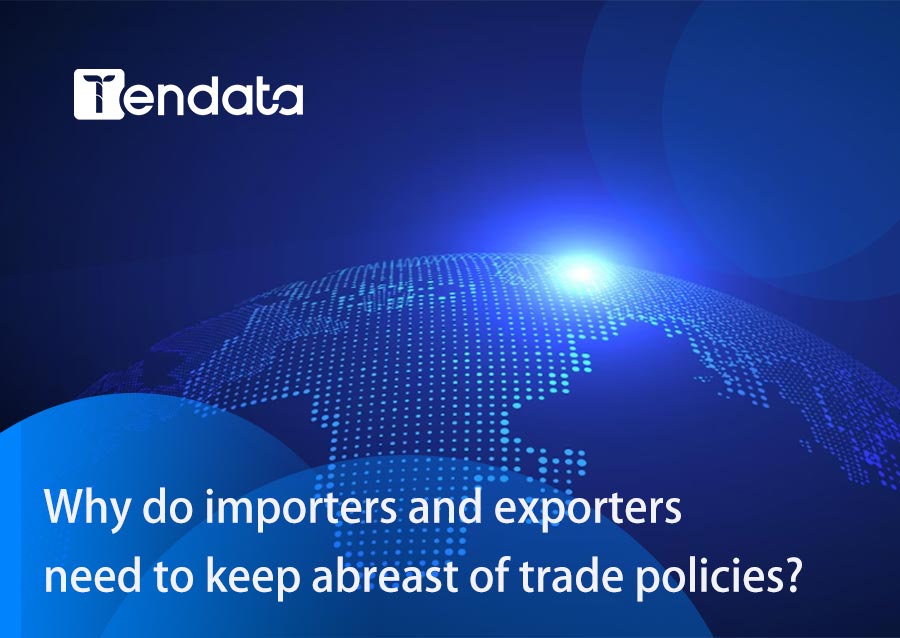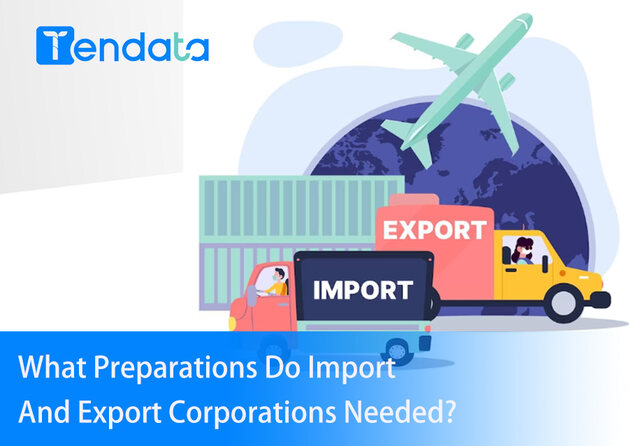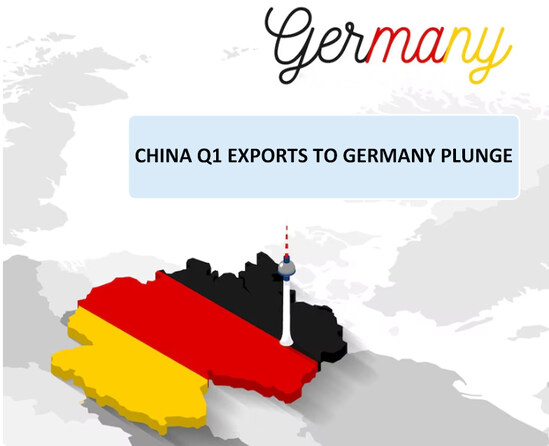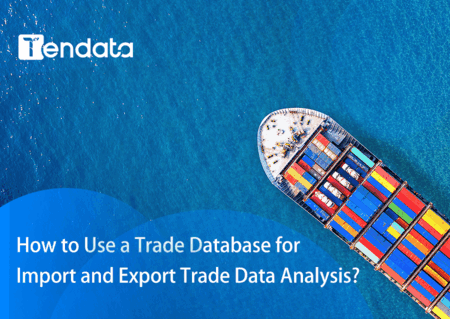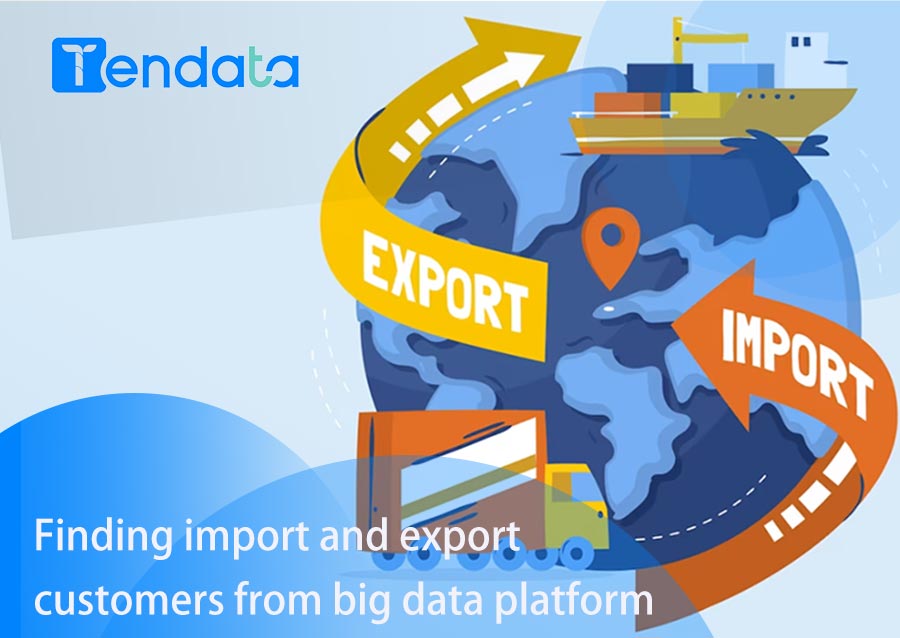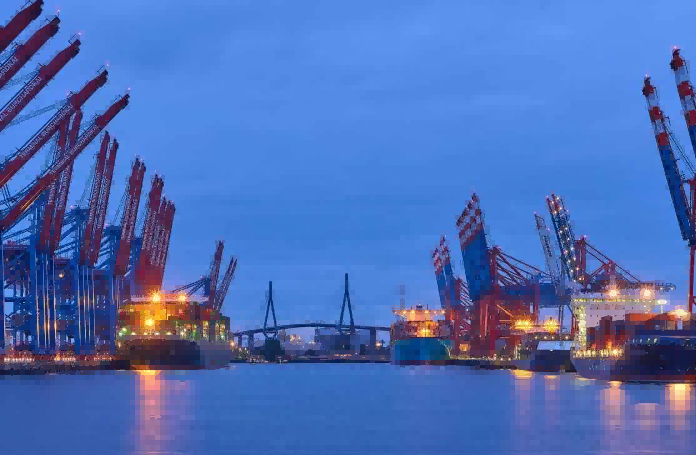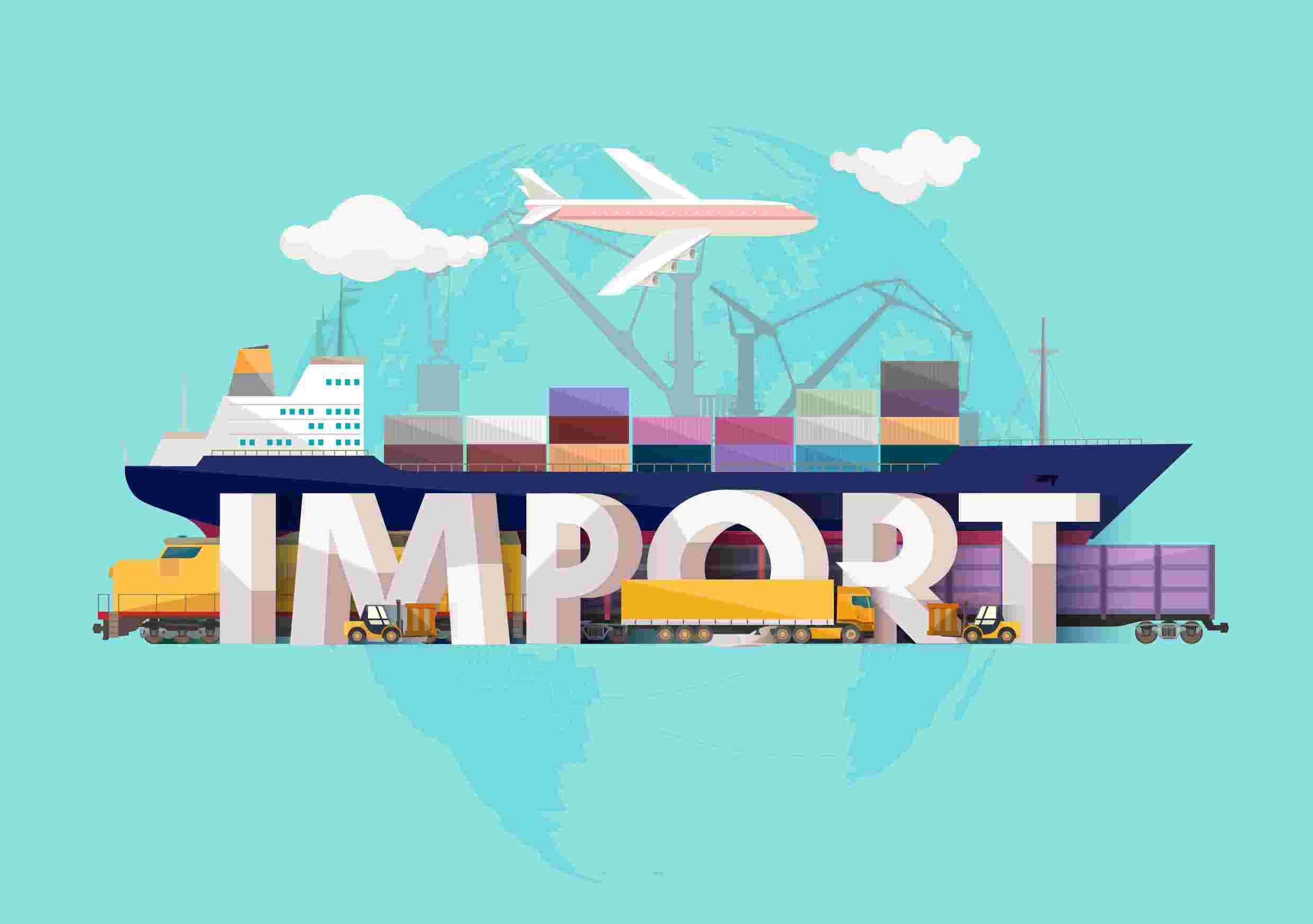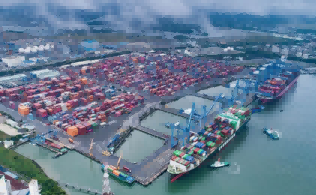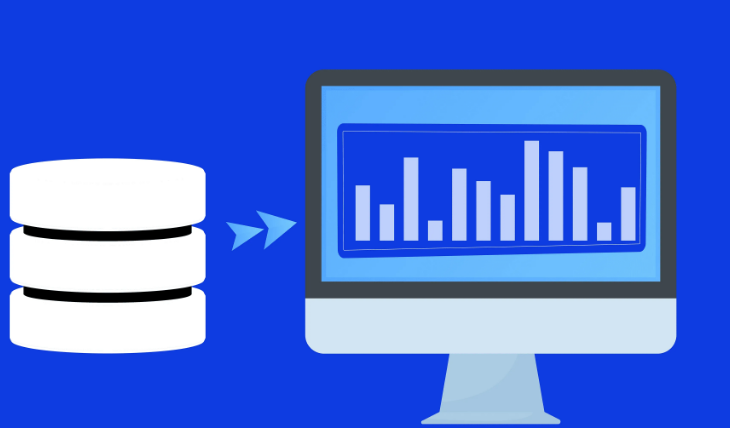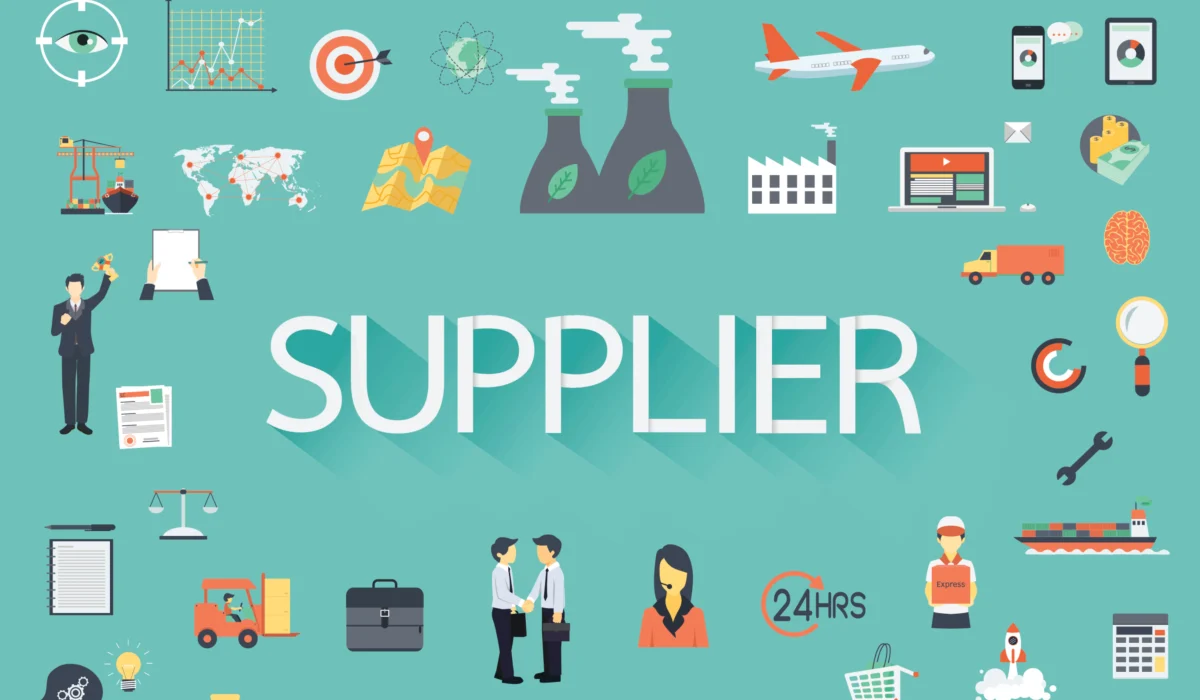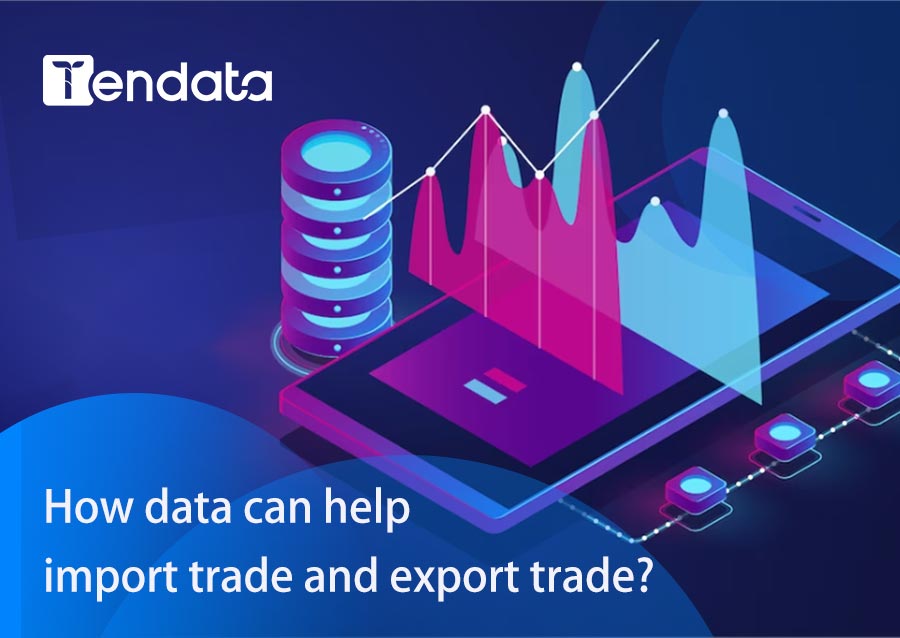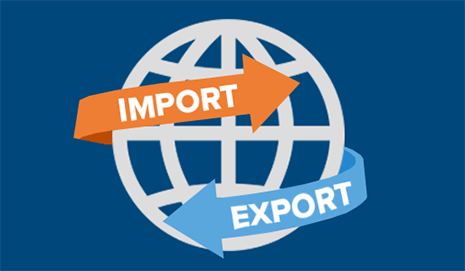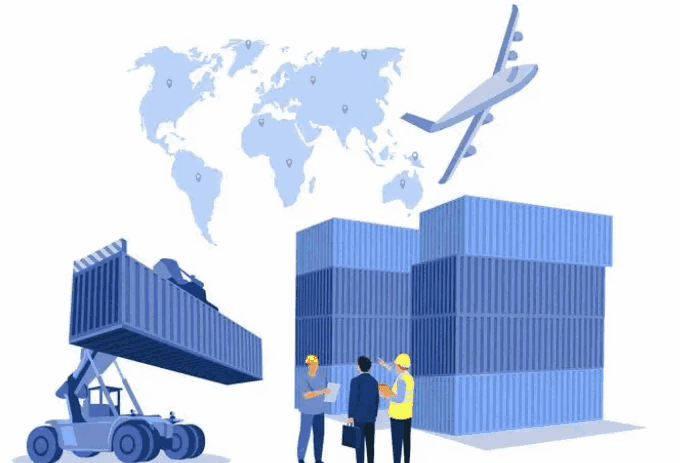 Trade Data Provider
Trade Data Provider
 2025-07-29
2025-07-29
The world of international trade is rapidly evolving, and staying ahead of the curve has never been more crucial for businesses in the import/export and supply chain management sectors. With the right trade data at your fingertips, you can make informed decisions, identify new opportunities, and mitigate risks in your supply chain. In this article, we explore how to use real-time trade data to optimize your business operations, drive growth, and stay competitive.

1. What is Real-Time Trade Data?
Real-time trade data provides businesses with up-to-date insights into global trade flows, transactions, and shipment details. It covers essential information such as:
Importer/Exporter Details: Information about companies buying and selling goods.
Commodity Classification: HS codes to identify specific products and industries.
Shipping Routes & Transports: Insight into logistics and route optimization.
Transaction Value & Volume: Real data on the cost and volume of trade.
Tendata provide access to this data, enabling businesses to track trends, identify top suppliers or customers, and optimize supply chains.

2. Why Real-Time Trade Data is Essential for Your Business
A. Identify New Markets and Opportunities
With real-time trade data, you can spot emerging markets and new business opportunities. For example, if you're an importer of consumer electronics, you can track global trade patterns, identify the top exporters of these goods, and gain insights into new regions where demand is growing.
Using Tendata, you could track a rising trend in laptop exports from Taiwan to the U.S., allowing you to strategically negotiate better pricing or find additional suppliers.
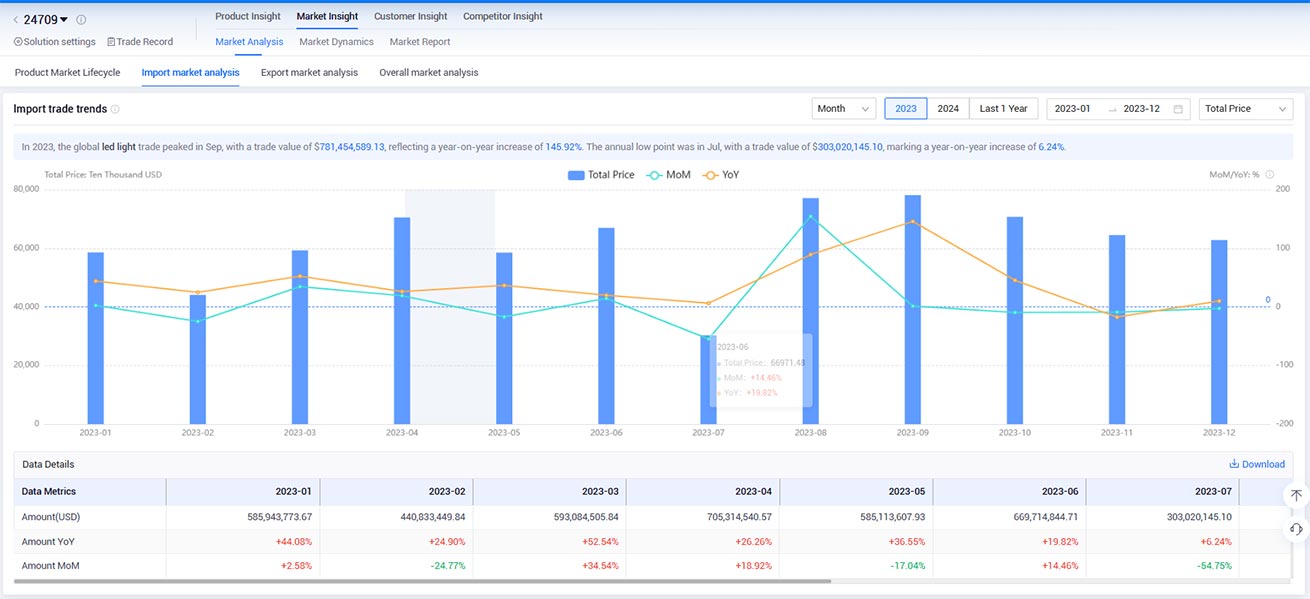
B. Reduce Risk and Optimize Logistics
Logistics and supply chain disruptions are inevitable in today’s global economy. Real-time trade data lets you monitor global trends (like port congestion, trade restrictions, or weather disruptions) so you can adjust your logistics plan in advance. Panjiva provides detailed shipment tracking that allows businesses to identify potential delays or bottlenecks.
By leveraging real-time shipment data, you could avoid disruptions caused by unforeseen events at major shipping hubs like the Port of Long Beach or Hong Kong Port.

C. Competitive Intelligence and Market Insights
Understanding how competitors are moving goods and sourcing materials can be a game-changer for your business. Trade data reveals the flow of goods, helping you to understand what your competitors are buying and selling, as well as where they’re sourcing products from.
Example: Using Importgenius to track the import patterns of your competitors can help you find pricing gaps or areas where competitors are over- or under-supplying the market.

3. How to Use Real-Time Trade Data for Your Business: A Step-by-Step Guide
Step 1: Access Trade Data Platforms
Tendata offer comprehensive trade intelligence tools that allow you to access trade data at various levels. These platforms enable users to search and filter data based on industry, product type, or country, providing a robust and user-friendly experience for data analysis.
Step 2: Analyze Trade Flows and Identify Key Trends
By analyzing the trade flows from country to country, businesses can identify patterns in demand and anticipate future market shifts. Use the tools’ advanced filtering options to zoom in on trade volumes, transaction prices, and specific products or suppliers.
Step 3: Build Relationships and Network with Suppliers/Importers
Real-time trade data helps you find new suppliers or customers and build strategic partnerships. Volza offers features that allow you to connect directly with suppliers, providing you with up-to-date contact details and shipment histories.
Step 4: Mitigate Risks and Optimize Supply Chains
By staying informed on global trade data, you can identify risks in real-time and adjust your supply chain strategies accordingly. Monitor potential supply chain disruptions caused by natural disasters, strikes, or changing tariffs and trade policies.
4. Benefits of Using Real-Time Trade Data for Your Business
A. Streamlined Decision-Making Process
Real-time trade data provides real-time insights, which helps you make decisions faster and more accurately. Gone are the days of relying on outdated data; with access to current information, your business can act quickly on emerging opportunities or risks.
B. Enhanced Efficiency
By optimizing your sourcing and logistics strategies, you can cut down on unnecessary costs and streamline your operations. Importgenius helps businesses identify optimal suppliers and transportation routes to maximize efficiency.
C. Competitive Advantage
With real-time data, you can monitor competitors and suppliers to identify gaps in the market or areas where you can gain a competitive edge. You'll also be able to make informed decisions about product pricing and supply chain management.
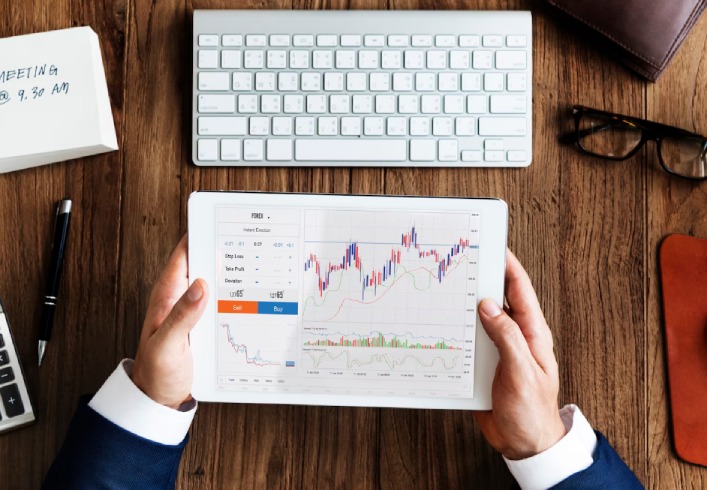
Conclusion
In today's fast-paced global market, real-time trade data is a powerful tool that enables businesses to optimize supply chains, identify market opportunities, and mitigate risks. Tendata offer valuable insights that help businesses stay ahead of the competition and make smarter, data-driven decisions.
Sign up for a free demo of our real-time trade intelligence tools and gain access to global trade data that can revolutionize your supply chain and sourcing strategy.
Category
Leave Message for Demo Request or Questions


 T-info
T-info T-discovery
T-discovery

 My
Tendata
My
Tendata Market Analysis
Market Analysis Customer
Development
Customer
Development Competitor
Monitoring
Competitor
Monitoring Customer Relationship
Customer Relationship